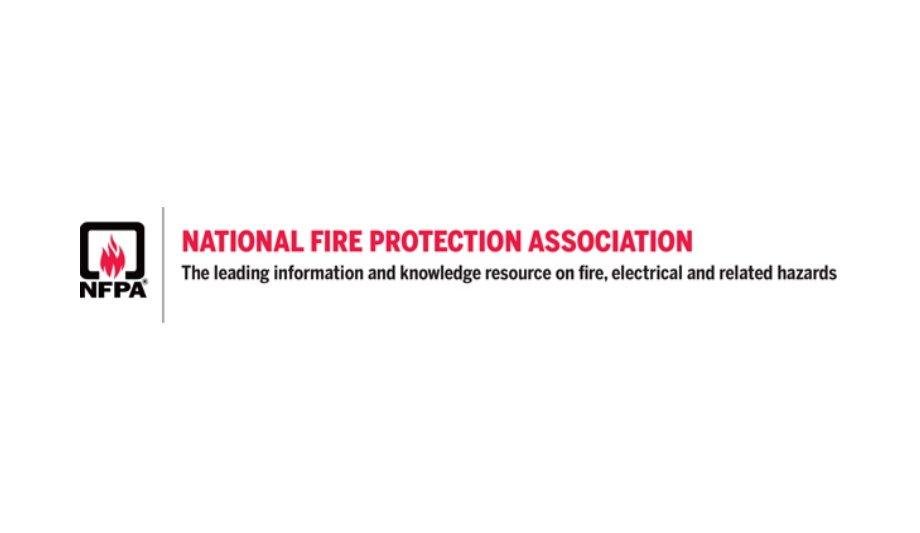The National Fire Protection Association (NFPA) has released a free, engaging online training program to help more than 29,000 fire departments in the United States improve existing public safety drone programs and establish new drone initiatives.
Small-unmanned aircraft systems (sUAS), or drones, have made a rapid transition from hobbyist toys to serious life-saving tools in recent years. Recognizing that drones can support public safety preparedness efforts and supplement emergency response tactics, fire departments across the country are expanding their use of viable drone technology.
The transformation underway will likely improve public safety outcomes, while presenting new challenges for both fire service drone program administrators and the fire personnel charged with operating such aerial technologies.
HAZMAT assessments
“Drones offer the fire service increased situational awareness advantages during structural and wildland firefighting attack, search and rescue missions, HAZMAT assessments, and natural disaster response. And they can effectively augment public safety planning efforts, as well,” said Christian Dubay, P.E., NFPA vice president and chief engineer.
“But in order to be safe and successful, it is important for fire department drone programs to be built in accordance with FAA regulations, regional rules, and the guidance found within NFPA 2400, Standard for Small Unmanned Aircraft Systems (sUAS) Used for Public Safety Operations.”
The new NFPA online learning is designed to provide recommendations and best practices
The new NFPA online learning is designed to provide recommendations and best practices so that fire departments can take their drone programs to a higher level.
interactive videos
The four-hour, self-paced modules with interactive videos, immersive virtual reality tools, and other dynamic components are designed to help first responders grasp and remember important drone safety information.
The new training and related content, which has been curated to assist fire service administrators and operators create, manage, and maintain drone programs that are in sync with proper public safety protocols, can be found online. Development of the training was made possible by a FEMA Fire Prevention and Safety Grant.
This latest online training offering for the fire service was spearheaded by the NFPA emerging technology team who has produced other beneficial virtual education solutions in recent years on potential emergency response hazards such as energy storage systems (ESS), alternative/electric vehicles (AFV/EV), and flammable refrigerants.
